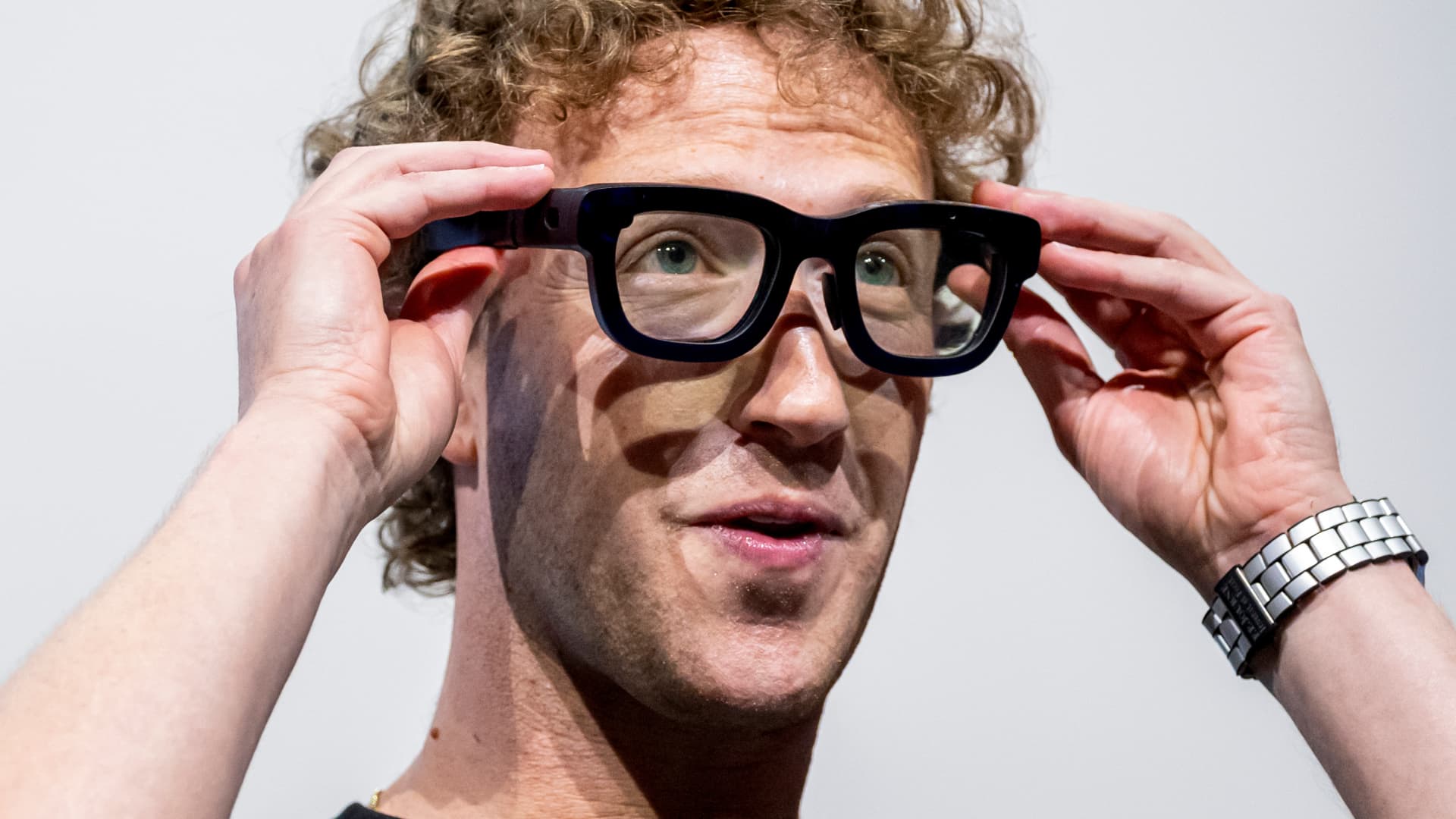After a decade of development and billions of dollars, Meta CEO Mark Zuckerberg in September pulled back the curtain on one of the company’s most ambitious projects: an augmented reality prototype called Orion. A week earlier, Snap CEO Evan Spiegel took the stage at its annual Snap Partner Summit to introduce its AR capable, 5th-generation Spectacles. Both companies see massive potential for the technology, with a grand vision for AR glasses to usurp smartphones as the next generation of computing.Â
“This is a major leap forward for technology,” Chris Cox, Meta’s chief product officer, told CNBC’s Julia Boorstin in an exclusive interview. “It’s a big step forward for our sort of goal to help define the next generation of computing.”
The dream of augmented and mixed reality is something tech giants have been pursuing for years.
Earlier this year, Apple started selling its Vision Pro virtual reality headset for $3,500. Over a decade ago, Google was first to market in 2013 with Google Glass, an early attempt at an AR device, but the product faced challenges and was ultimately canceled. Microsoft has also invested in AR technology for well over a decade, launching its HoloLens headset for enterprise in 2016. Failing to gain traction, the HoloLens was discontinued in October.Â
“We’re in our adolescence,” said Tuong Nguyen, Gartner director analyst. “We see a lot of potential, but we haven’t quite reached that potential yet.”
While Snap and Meta have debuted AR prototypes, they’re still years away from selling those devices to consumers. The technology is too costly to mass produce. For now, Meta plans to use Orion as a developer device for its employees.
“We’re going to use it mostly internally to build out the software we need to,” Zuckerberg said at the Meta Connect conference in September. “We’re also going to work with a handful of partners externally to make sure we get a diversity of content.”
Snap similarly plans to invest in building out its ecosystem, renting its AR glasses to developers who commit to paying $99 a month for a year for the Spectacles.
“We’ve really tried to lower the barrier to folks getting started with this new technology,” Spiegel told Boorstin. “We’re at a unique moment where both consumers and developers are really ready for something new.”
Watch the video as CNBC’s Julia Boorstin tries Meta and Snap’s augmented reality glasses and explores the future of this cutting-edge tech.

